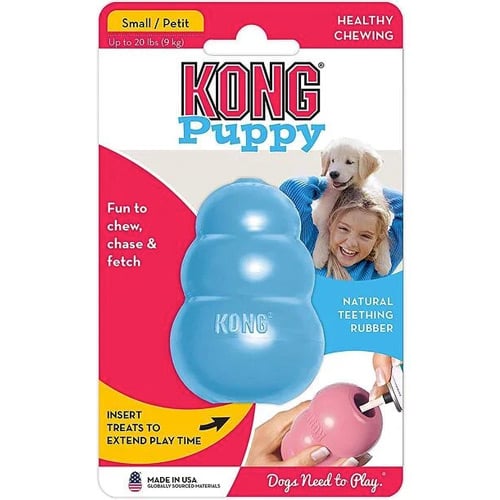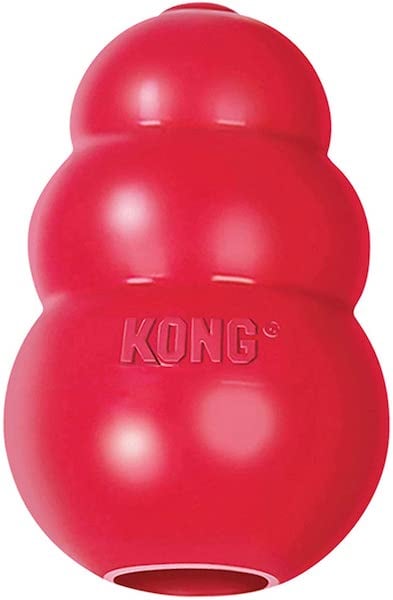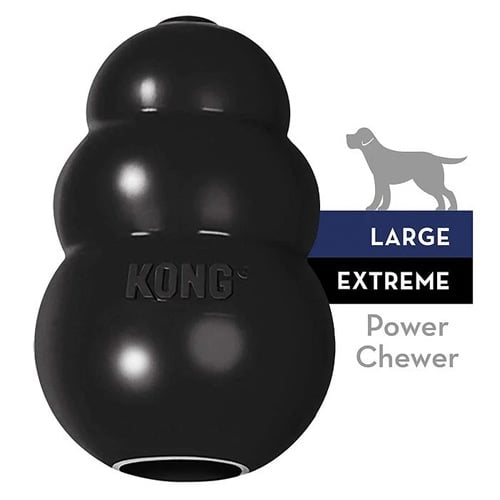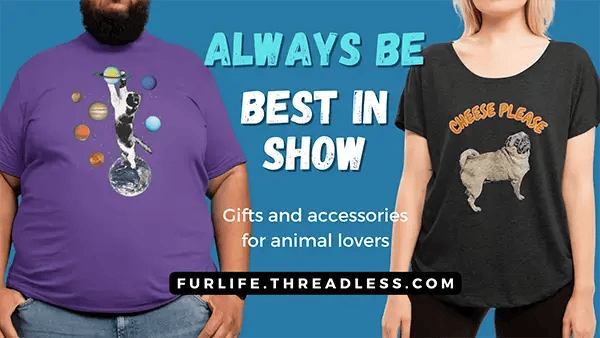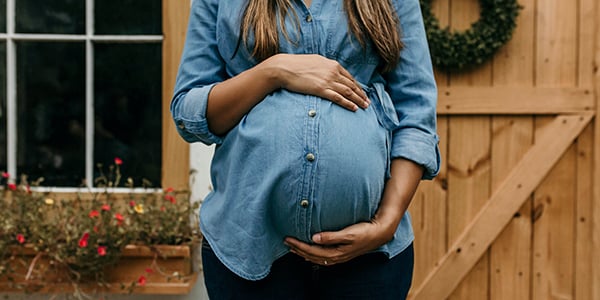
Preparing for the arrival of a baby is an incredibly exciting, but also highly stressful time. There's purchases to be made, books to read, classes to take, and of course baby-proofing to worry about.
When you've got a dog at home, there are even more considerations and precautions to take to ensure the entire family's safety, comfort, and security.
This includes a safe space for your dog — possibly beyond what you already have set up.
Special guest, certified dog trainer and founder of Pawsitive Transformation, Jennifer Anderson, is back with great tips for setting your growing family up for success.
If you've come to this blog post and podcast episode, there's a good chance you're expecting a baby in the near future — CONGRATS!
I know there's a lot of information for you to digest right now, so in an effort to not overwhelm you, I'm going to try to sum up our conversation, and encourage you to listen to the full episode and check out Jennifer's website for lots of helpful resources relating to dogs and kids of all ages.
Getting Your Dog Ready to Share You with a Baby
The first step in preparing your dog for a new tiny human is to get them used to a new schedule. Jennifer says, "One of the steps is just getting them used to not having so much 'you' time. Whether you're bottle feeding your baby, or breast feeding your baby — you know those physical contact moments between the expectant parents and the dog aren't going to happen as frequently.
So you can feel sad about that, you can feel guilty about that — but what if we could get our dogs adapted to that before the baby actually arrives."
This way the dog doesn't associate the presence of the baby with being the reason your attention is being taken away.
Jennifer adds, "If you can get your dog used to a few different safety zones, like we mentioned in the first podcast, or comfort spaces, this would really help them along the way. So that's when I like to incorporate Safety Zone #1."
Safe spaces and puppy zones are also a great tool for preventing separation anxiety, especially now with people being home all of the time with their pets.
Setting up Safety Zone 1
- Find a space located in the heart of the family home where you spend most of your time
- Put a dog bed in an area not near a corner, so they are able to have two exits
- Make their safe space near you (preferably), but not right next to you, because this room is likely where you'll be spending a lot of time holding the baby
- Have an exercise pen (ex-pen) or baby gate station set up so that if you are dozing off with the baby, there isn't an opportunity for the dog and baby to make contact
Getting your dog used to being in the same room with you but also being physically separated by an ex-pen or baby gate will go a long way in helping them be prepared for when you and the baby are taking a nap, or you're needing to use the bathroom and need to put the baby down for a little while.
The key is to make being in their space a reward. When they go into their safe space, good things happen, and their favorite bed, toys, and treats are waiting for them. *One word of caution — this is Preventive Vet, after all — it's important to know your dog's "chewsonality" and monitor them before leaving them alone with any chew toy.
Jennifer recommends stuffed Kongs, which all of the Preventive Vet pups enjoy very much and have proven to be very useful for keeping our dogs occupied during Zoom meetings and podcast recordings.
There are several types of Kongs, including ones made for puppies, a classic Kong, and then Kongs for heavier chewers — so before purchasing, think about which might suit your pup best.
Dog Safety Zone #2
The second safety zone should be set up as more of a spa retreat for your pup. While the first safety zone is where all of the hustle and bustle is, the second safety zone should be more calm, relaxing, and a complete getaway from all of the visual stimulation and noise.
This way, if we start recognizing signs that our dog is experiencing anxiety or being overwhelmed, we can give them the opportunity to take refuge.
Even without bringing a new baby home, it's always important to learn how to understand dog body language, so you can recognize what your dog is trying to tell you in any environment, as well as picking up what other dogs are saying to you (and your baby).
Did you know that a dog wagging its tail doesn't necessarily mean that it is happy or friendly? In some cases, a dog's wagging tail actually indicates agitation which can lead to aggression. Learning how to read canine body language is so important, Jennifer created a 50 slide presentation she gives to her clients on that subject alone.
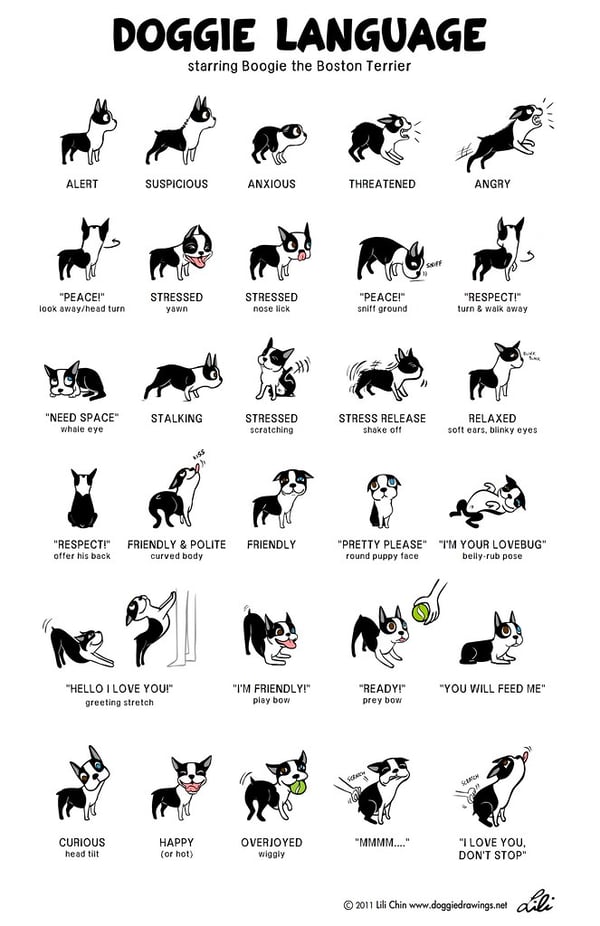
Cathy Madson, Preventive Vet's certified dog trainer, adds, "It makes me think of creating a cue where the dog sees you sit in a certain chair — so if you have a nursing chair or a rocking chair where you are planning on sitting with your baby — kind of teaching your dog that if you sit in that chair, that means they go lay in their bed over there," — which is a fantastic idea, and not just great for this scenario, but can also really come in handy for having guests visiting.
Counter-Conditioning a Dog with Noise Sensitivity
Jennifer says, "If your dog is sensitive to sounds, the way that I try to teach dogs to be more ok with that, is by figuring out what the dog loves — maybe he loves his kibble, or a scratch behind the ears, or he loves his stuffy. So I coin a little phrase that lets him know that one of the things he loves is about to happen.
This way, if there's a sudden shriek out of the baby, or the swing makes a sudden weird noise, or a bottle hits the floor...if I can get my dog used to, 'Oops, it's ok!' and they think, 'Ooh ear rub!' Or they think, 'Ooh piece of kibble, something enjoyable', then what I've done is in the future when those moments do occur, and my dog hears a sound, they're almost going to be looking at me preemptively waiting for me to say, 'Oops, it's ok,' and be expecting something."
This Baby Just Came Out of Me, Now What?
When you're just coming home with your baby, the last thing you want to worry about is how the interactions with your dog is going to go. What Jennifer recommends is having the parent who gave birth to the baby (or if adopting, either parent can take this role) stay in the car with the baby. The other parent goes in and says hi to the dog, let's the dog outside to relieve itself like a normal routine, and then when the dog comes back inside, it goes behind a baby gate, probably in one of their safety zones.
Then, the parent that has already greeted the dog goes out to stay with the baby while the other parent takes a turn greeting the dog, spending a little quality time together, and possibly giving them a stuffed Kong to enjoy while relaxing. This way, the initial major excitement of being back home together will have passed before the baby is brought into the home.
Jennifer does not recommend bringing your baby over to the dog, but rather letting the dog choose when it wants to meet the baby, basically allowing the dog to give consent to being in the same space as the baby.
Once again, one of the biggest tools in your kit will be learning how to understand dog body language. Here is a list of some of our favorite resources to decode dog body language, and also important, is learning how human body language can effect a dog's behavior.
For more fantastic resources about child and dog safety, make sure you head to Jennifer's website.


